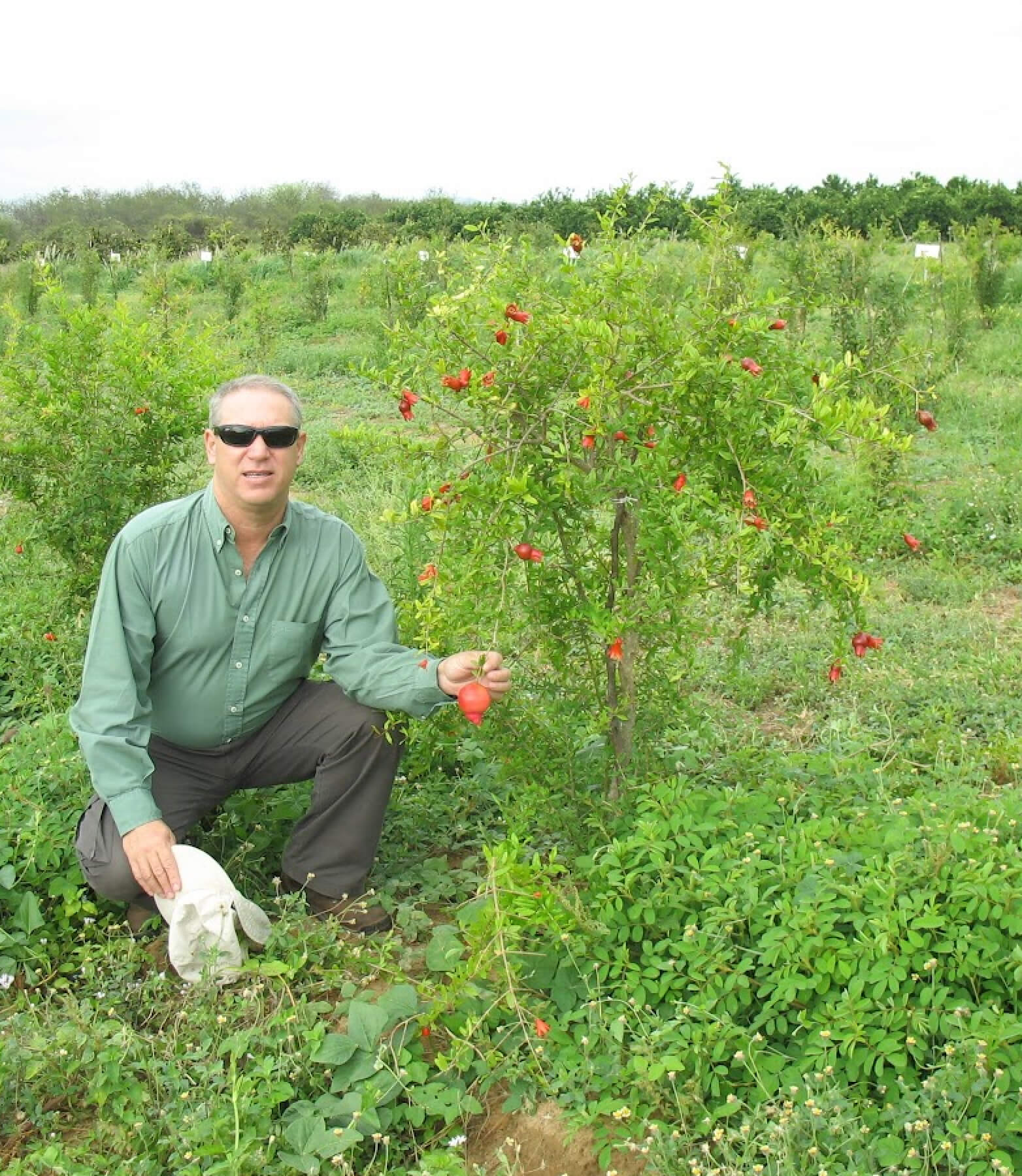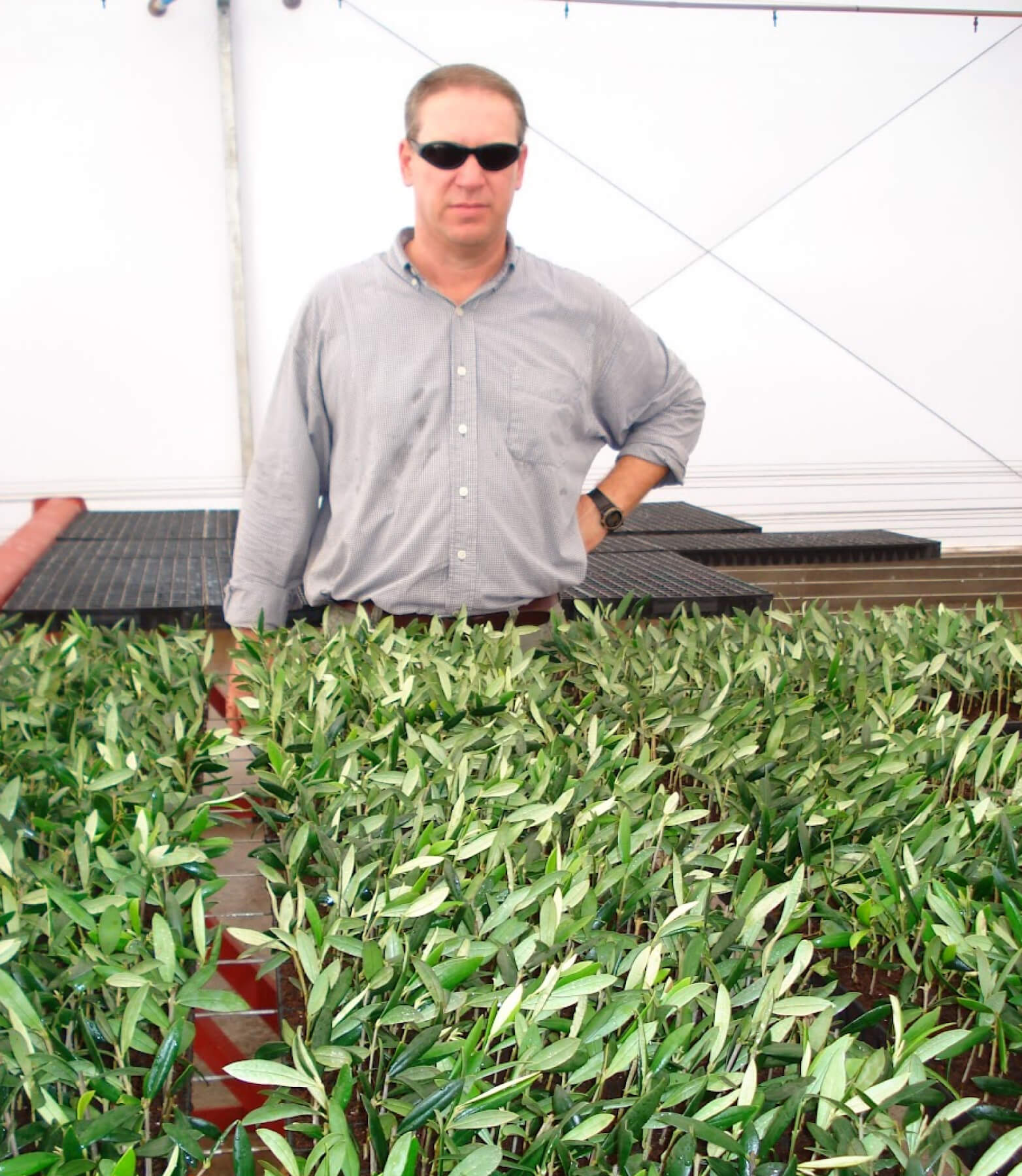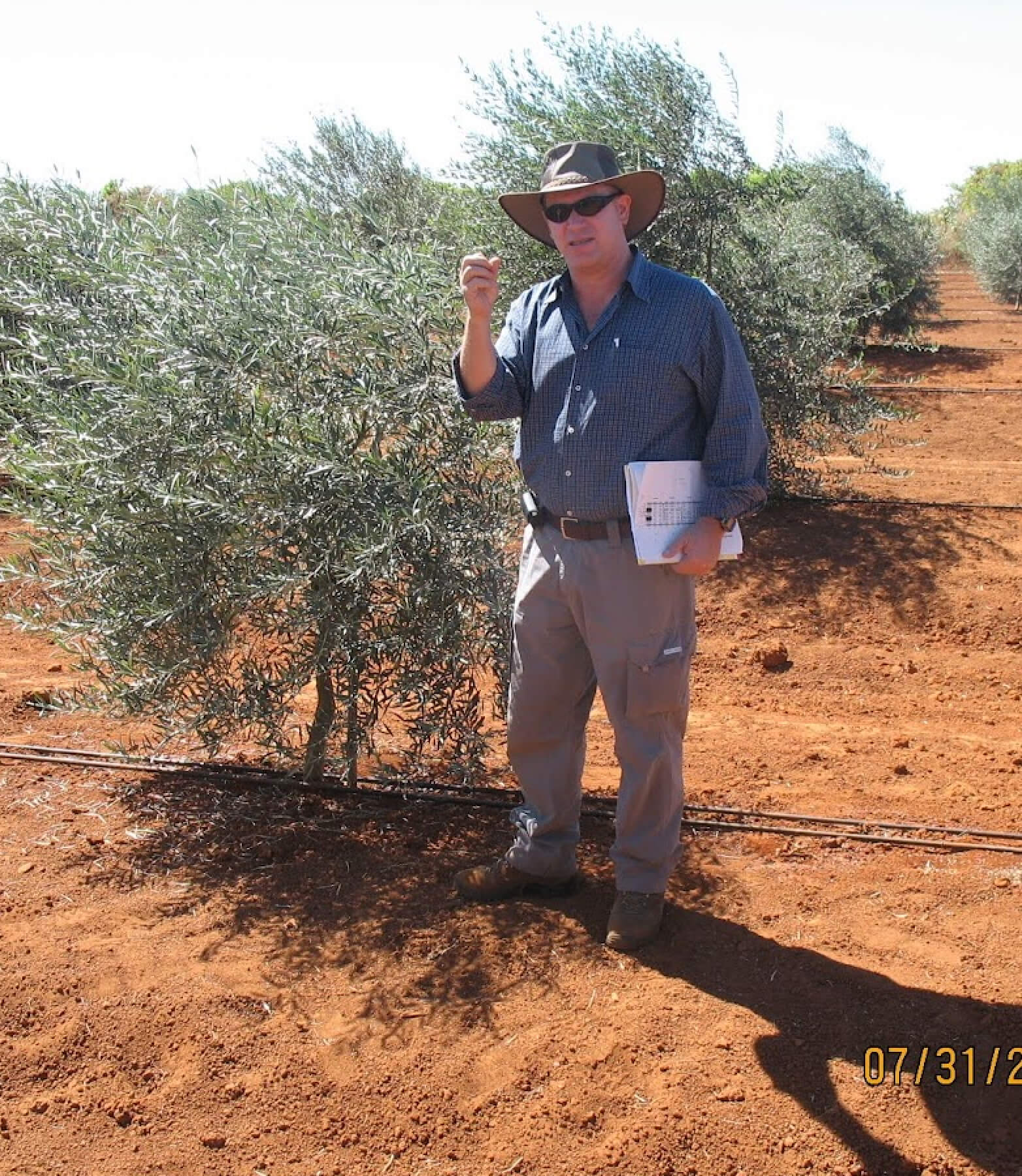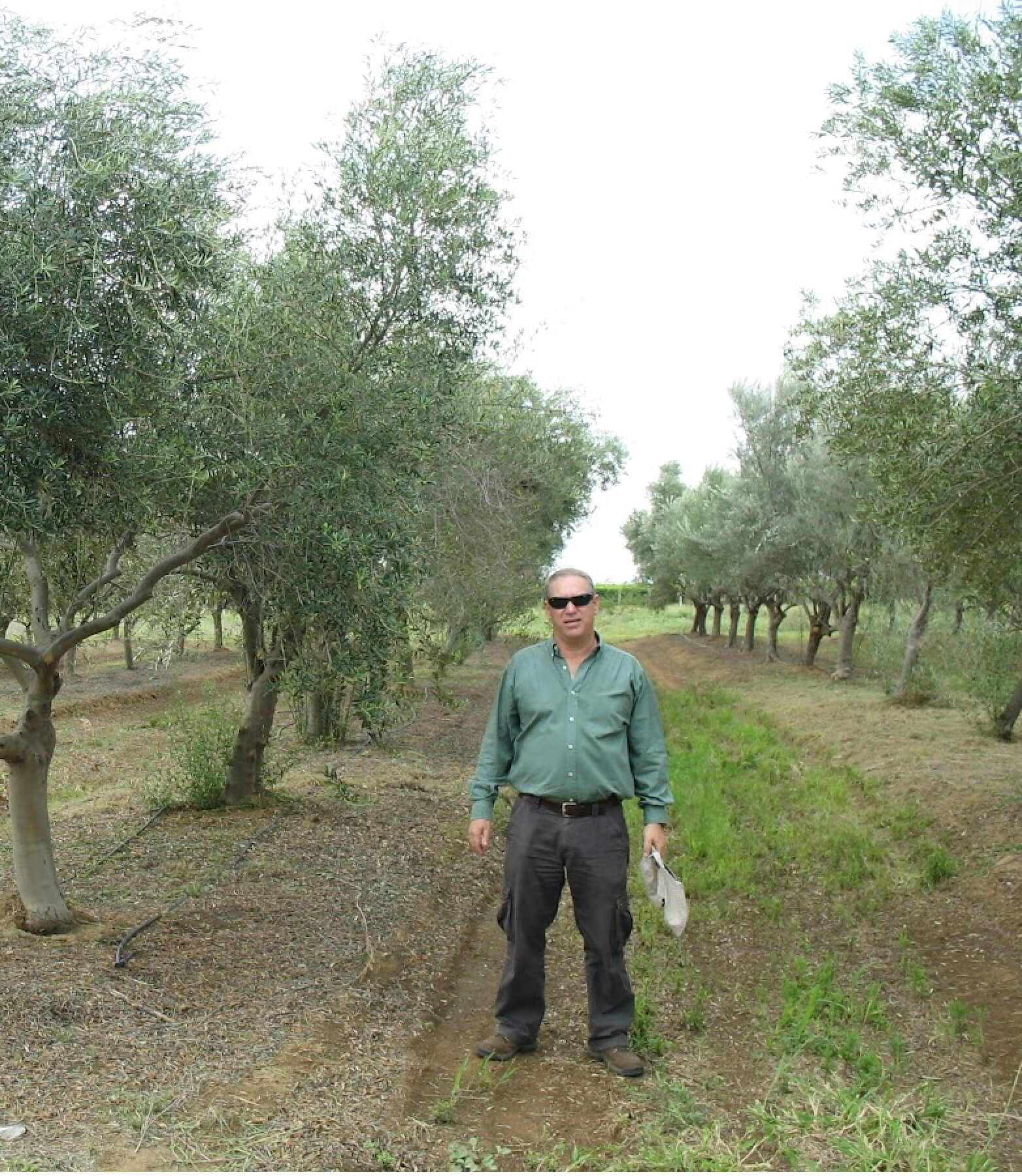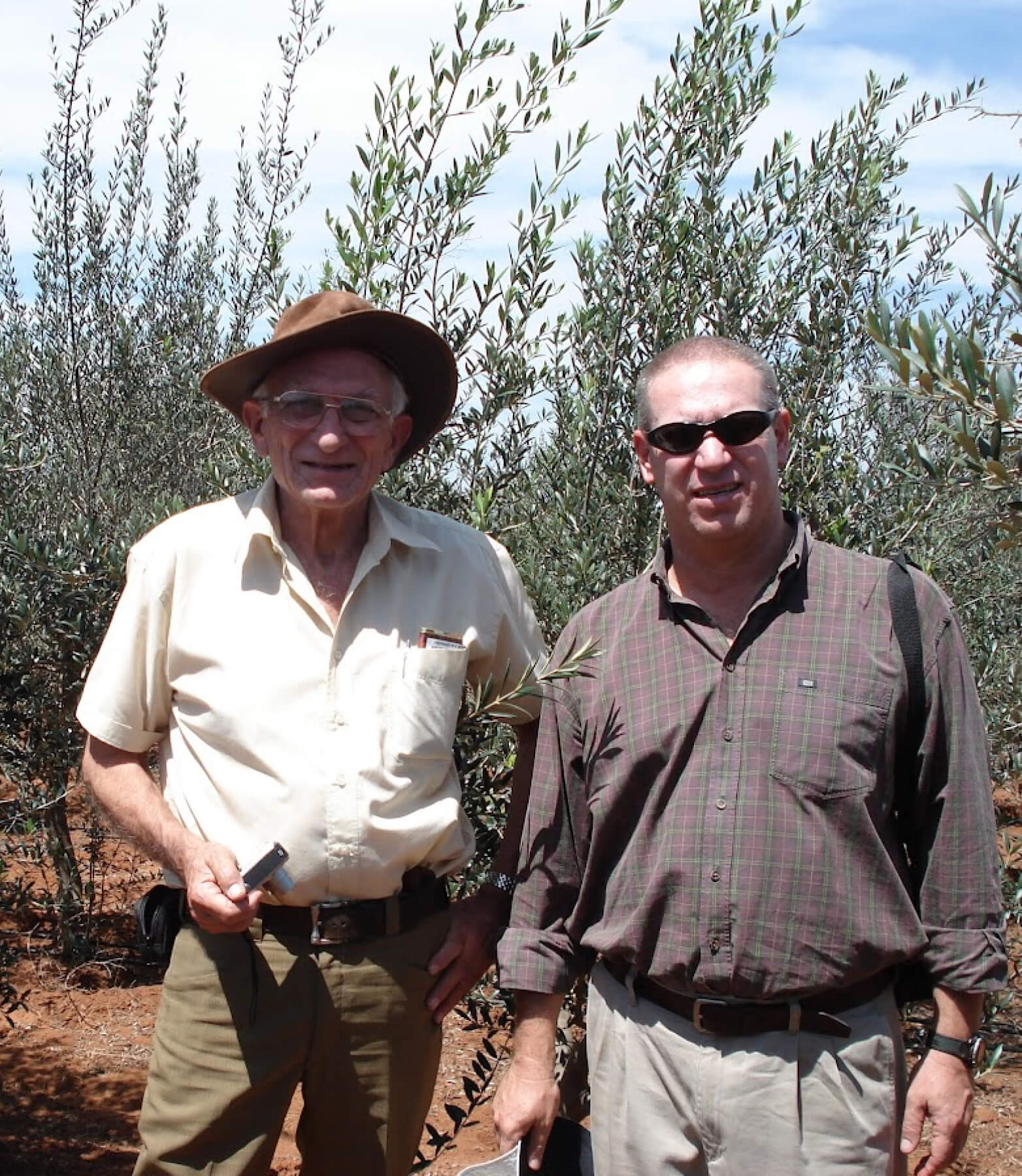The project contains three sites of 0.5 hectare each site, 17 varieties of olives in each site.
Brazil is an important market for olive oil (60,000 tonnes) and table olives (81,000 tonnes). There is a great incentive for a development of a local olive industry. The climate zone which is preferable for olive flower induction can be found in the south of Brazil, but excessive precipitation would make olive cultivation a difficult task.
The San Francisco Valley crosses the semi arid plans of Minas Gerais, Bahia and Pernambuco. CODEVASF have developed 500,000 hectares of irrigated land in this area, which is one of the reasons the Brazilian Government have invested to develop an olive industry in the region.
This project aims to study the climatic conditions of the San Francisco Valley in Brazil, from parallel 150 in the south (Jaiba) to parallel 80 in the north (Petrolina). The chilling hours in the project zones are limited or non-existing due to the conservative way of chilling hour calculation. In the southern part of the project winter temperatures get as low as 11c0, while in the northern part of the project the minimum temperatures are never below 15c0. The main objective of the project is to analyze which olive variety could bear fruit under different management techniques. We have managed to obtain parthenocarpic fruit in all three groves, but did not succeed in achieving real flowering and real fruit set.
Professor Lavee is the scientific consultant for the project.
